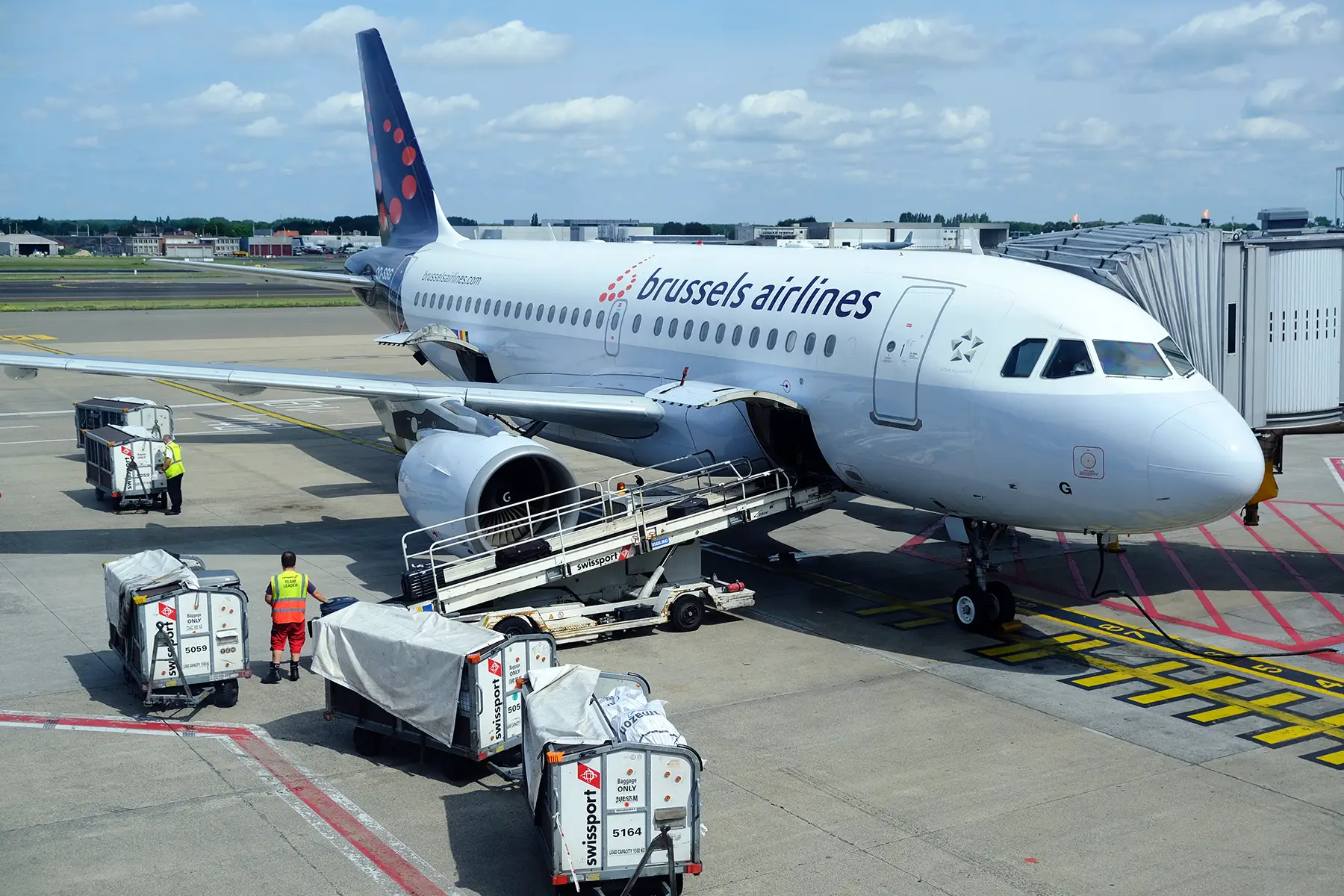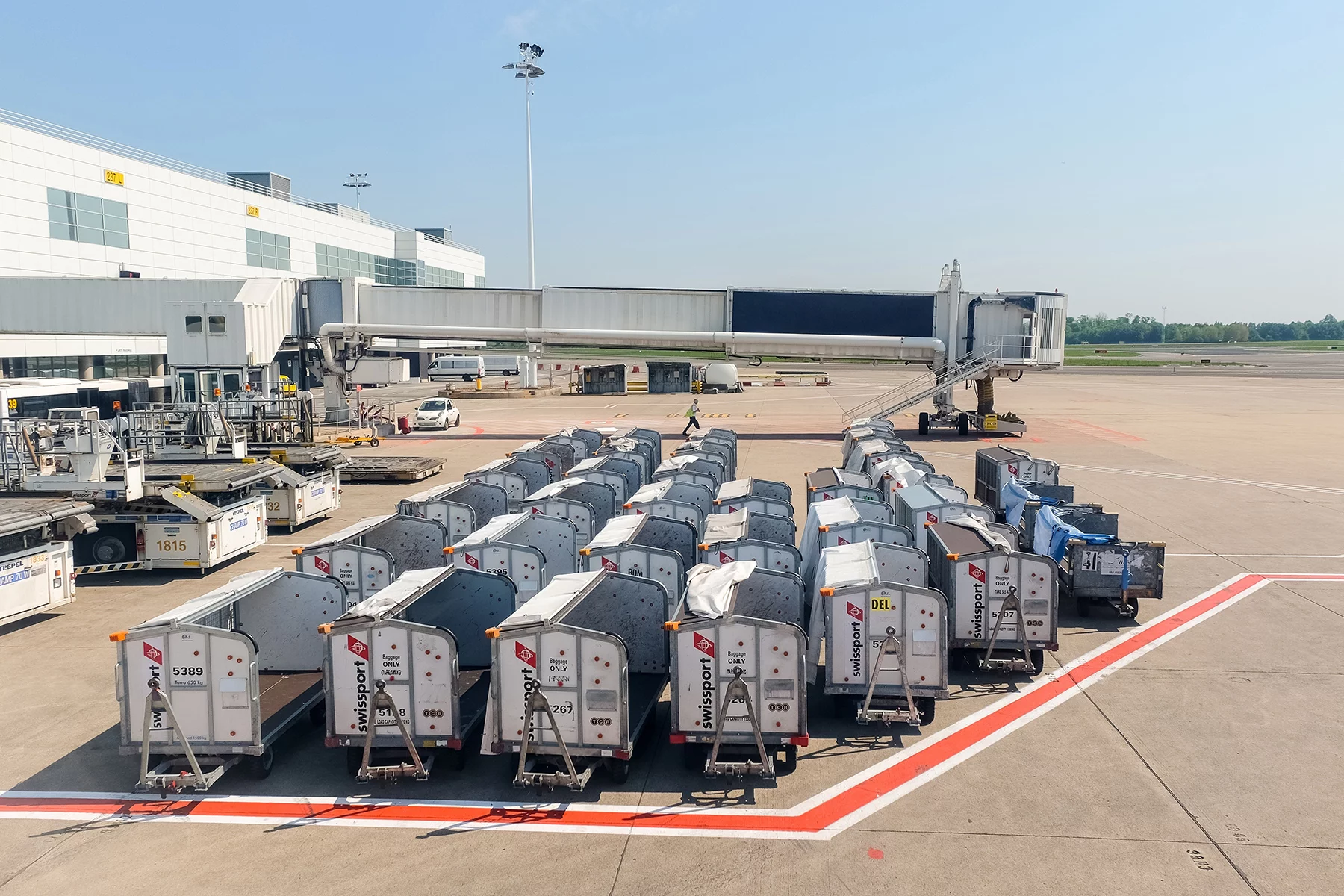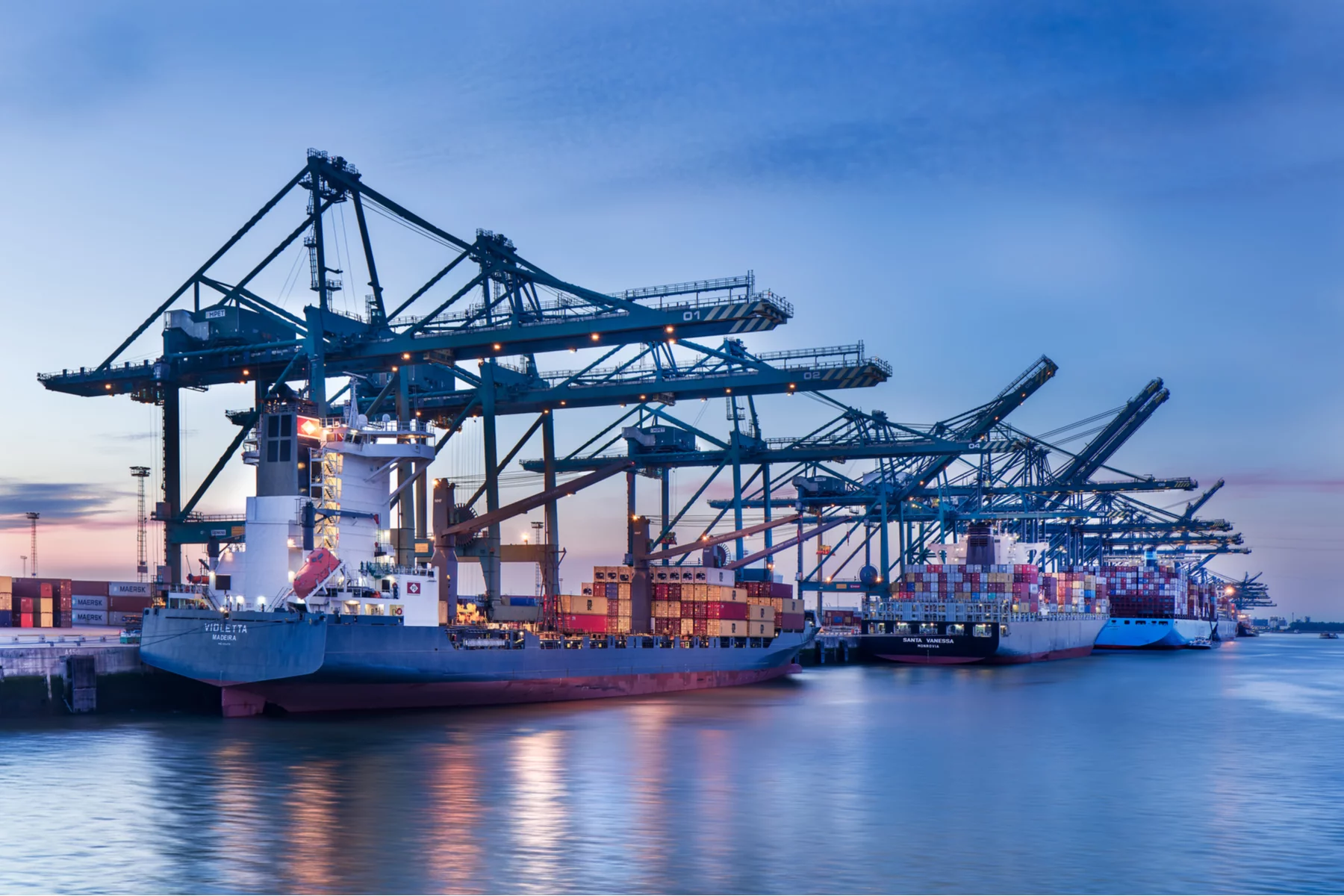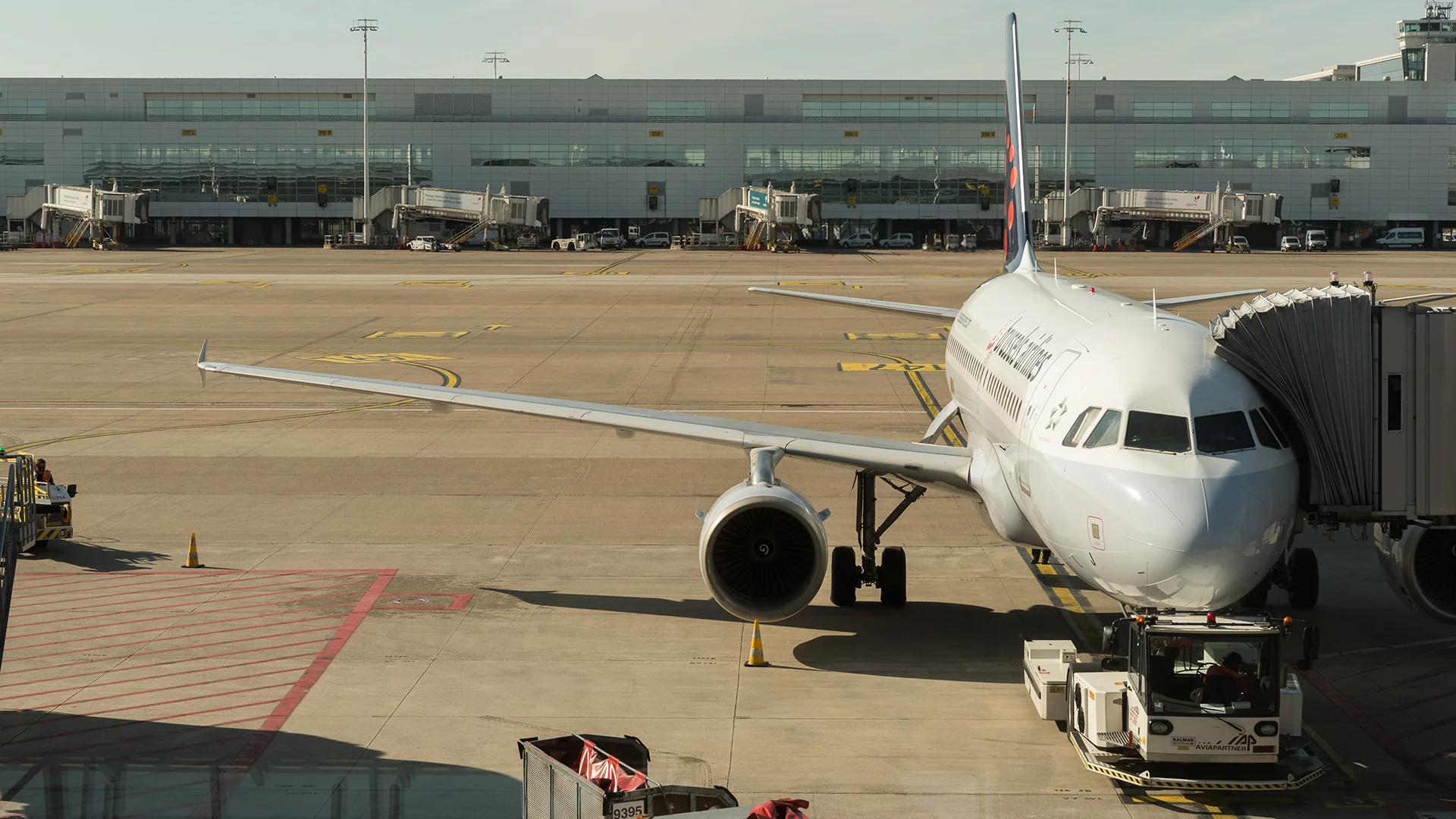Moving to Belgium may seem like a daunting task, particularly when you want to take your belongings along. This quick read lays out the essentials regarding different removal options to Belgium that you can select from.
Freight costs and times are important details to consider when selecting a removal option. Additionally, you will need to think of customs, as well as the rules for transporting pets, vehicles, or other special items. The information below details what you can expect when planning your move:
ING
Trust ING for your banking in Belgium. One of the country’s big 4 banks, they provide a wide range of services, including bank accounts, savings, loans, investments, insurance, and more. With tools to compare and calculate your options, they help you make the right financial decisions. Visit ING online and let your money go further.
Relocating to Belgium from abroad
What’s more tempting than relocating to a country that is home to the world’s best beers and choicest chocolates. But as with all big moves, relocating to Belgium comes with its own list of considerations. The first among these is how to make sure your belongings arrive safely and in time at your new home.

Depending on your budget and time constraints, you can transport your belongings to Belgium by air, sea, rail, or road. To save time and avoid stress, you may want to engage a relocation company. They will do the job for you and tackle any issues along the way, including customs clearance. If you have a limited budget, however, you can make some of these arrangements yourself.
Whatever route you take, it’s important to carefully consider the pros and cons of the different removal options.
Removals to Belgium with air freight
Airfreight is the quickest removal option, particularly if you’re relocating to Belgium from outside the EU. Belgium has six international airports that support air freight services:
- Antwerp International Airport
- Brussels Airport
- Brussels South Charleroi Airport
- Kortrijk-Wevelgem International Airport
- Liège Airport
- Ostend-Bruges International Airport
Brussels Airport is the busiest in terms of passengers. Liège Airport is Belgium’s largest cargo airport and the sixth-largest in Europe. If you use air freight to Belgium, chances are your belongings will arrive at one of these airports before being transported to your residence.
Who should use air freight?
Airfreight is an ideal option if you want to move quickly, or if you have a few, light objects to transport. Airfreight can also make sense if you’re moving to Belgium from further away, such as outside the EU.

Sending your belongings by air comes with a sizeable cost, however. It is also the most carbon-intensive means of relocation. For a more sustainable and cost-effective move, you can explore sea or land freight removals to Belgium.
How air freight works
The first step if you opt for air freight will be to identify which company to use. It’s best to contact a few freight companies directly and mention which goods you want to transport to get an accurate price quote. You can also opt for a door-to-door service, where the company picks up your belongings from your current residence and delivers them directly to your new home.
If you decide to use an international relocation company, they will arrange for an in-person meeting or video call to assess your belongings and the freight services you require. You can also have the company assist you with packing and loading, as well as delivery and unpacking.
If you’re moving your possessions to Belgium from outside the EU, you’ll need to complete paperwork for customs clearance. International relocation companies can arrange this for you. They can also provide information on what you need to take into account when moving your belongings across borders.
Air freight transit times
Belgium’s relatively central location in Europe and the world means that most air freight services will transport your belongings within a week or a little more. But for those items that you cannot live without, there’s always the option of express air freight. At an added cost, this will deliver your belongings within days.
Even though air transit is fast, you’ll need sufficient lead time to set the process in motion. You’ll need to select an air freight service, get all your paperwork in order, and pack your goods for transport. It’s also good to account for additional time for customs clearance, delivery, and unpacking in your planning.
Air freight costs
Air freight rates typically start at US$1.5 and can range up to US$5 per kilogram or more. Rates depend on the type of cargo, season, and available space. At these rates, air freight is the most expensive removal option. It is roughly priced at 4–5 times the cost of road transport and 12–16 times the cost of sea freight.

Air freight companies look at both the actual weight and the volumetric weight of the cargo. The volumetric weight is calculated using the dimensions (length x width x height). The chargeable air freight rate is determined based on the greater of these two types of weight. Most air freight companies will charge a minimum rate for transport. Companies will add an extra amount per additional kilogram once the minimum rate is reached.
Packing options
Opting for professional packers can help you save time and avoid stress, as well as limit damage to your possessions. Some packers offer liability coverage for all items packed by them. You can also often select between full and partial packing services. Partial packing services can be useful when you’d like the company to pack a few items of importance, or if you’ve started the packing yourself but are unable to complete it in time.
Many professional packers also provide options for eco-friendly packaging such as recycled boxes and plastic crate rentals. If you’re packing your things yourself, you can consider using recycled boxes and biodegradable packaging materials to minimize your impact.
Finding an air freight company for removals to Belgium
International moving companies will arrange the freight for you depending on your budget and needs. If you’ve decided to take the DIY route, however, you’ll need to identify an air freight company yourself.
There are several online platforms that can help you compare the costs of different removal options and get quotes. Some leading comparison platforms you can use are:
These platforms offer a good starting point. But you’ll need to get in touch with freight companies directly to get more accurate quotes. The quotes will likely not include the extra costs involved, such as insurance, customs clearance, packing, loading, and delivery.
Removals to Belgium with sea freight
Belgium has historically been home to some of the biggest and busiest ports in the world. This continues to be the case today. Removals to Belgium with sea freight is, therefore, both convenient and more affordable. Belgium’s biggest ports include:
Port of Antwerp is the second-largest port in Europe and the 14th largest container port in the world. If you’ve decided to send your belongings to Belgium by sea, it’s likely they will pass through Antwerp or through Zeebrugge or the North Sea Port. Together, these ports account for most of the country’s sea cargo.
Who should use sea freight?
Sea freight is an ideal removal option for those looking to transport bulky or numerous belongings. Although a slower option, it is considerably cheaper. This makes it ideal for people relocating to Belgium from outside the EU, or with a limited budget.
Sea freight is also far less carbon-intensive than air freight. It is a lower-impact choice when time is not of the essence.
How sea freight removals work
The process of selecting and using a sea freight company is similar to that for air freight. You’ll need to approach companies directly and provide details of your cargo to get accurate quotes. When selecting a sea freight company, you can opt for a door-to-door service at an additional price.
Sea freight services offer the option of shipping your belongings in:
- a 20-foot container (33 cubic metres)
- a 40-foot container (67 cubic metres)
- using groupage
A 20-foot container is sufficient to hold a car or the contents of a three-bedroom house. When relocating a bigger household, a 40-foot container is more suitable. There’s no need to worry if you don’t have enough to fill an entire container. In these cases, there’s the less than container load (LCL) or groupage option. This allows you to transport cargo in a container shared with other people.

As with air freight, if you use an international relocation company, you can pay them for additional services such as packing and unpacking, insurance, and customs clearance. Going the DIY route means you’ll have to undertake these parts of the process yourself.
Sea freight transit times
Sea freight transit times vary widely. They depend on your ports of departure and destination, the vessel speed, and the route taken. Your sea freight company can provide more accurate estimates of the transit time. You can also use an online transit time calculator to derive an estimate.
In general, expect anywhere between 20 to 60 days for sea freight transit. But remember that these time estimates are also vulnerable to weather conditions and other risks. Make sure to account for extra time in your planning for such eventualities, and for customs clearance and door-to-door pick-up and delivery.
Sea freight costs
The cost of sea freight depends on whether you opt for a 20-foot container, 40-foot container, or groupage. Roughly speaking, shipping a 20-foot container from one country to another can cost anywhere between US$1,350 or US$6,760. The rates depend on the volume and weight of your cargo, departure and destination ports, and the time of year.
Packing options
Maritime transport faces challenging environmental conditions such as humidity, salinity, and extreme temperatures. The use of cranes to load and unload containers also makes sea cargo vulnerable to damage due to sudden movements. Preparing your packages to withstand moisture and shocks, and opting for cargo insurance, will help you minimize risk.
Given the vulnerabilities, there are also fewer eco-friendly packaging options available for sea freight. However, companies are increasingly exploring recycled and biodegradable materials for packing and shipping to meet the growing demand.
Finding a sea freight company for removals to Belgium
If you contract an international removal company, they’ll arrange a sea freight service for you. If you’re making the arrangements yourself to save on costs, you’ll need to find a sea freight company. You can use comparison platforms for this, such as:
Road or rail removals to Belgium
When relocating to Belgium from another country in Europe, road or rail transit can be a better option. It is quick, affordable and a secure way of moving your belongings. Rail transport, like shipping, has lower carbon emissions than air freight. For shorter moving distances within Europe, road transport also works out to be less emissions-intensive.
There are several different ways to arrange for road or rail transit for your move:
- Use your own vehicle or hire a moving van and drive your belongings to Belgium.
- Hire a professional moving company to move your belongings from door to door.
- Take your belongings along with you on a train to Belgium. There are several high-speed train services operating in Belgium, including Thalys, Eurostar, and TGV.
- Contract a rail freight company to transport your belongings to Belgium. For a more conscious choice, you can opt for one of the companies that are part of Rail Freight Forward.
Hiring a van or moving company will cost more. But it could be worth the extra cost if you’re moving a bigger household and many belongings. Overall, however, both rail and road transit are cheaper options when moving houses over shorter distances within Europe.
Using a relocation company for removals to Belgium
Needless to say, arranging the entire process of your relocation can be both time-consuming and stressful. Luckily there are professional companies that can make your move easier, faster, and hassle-free.

The benefits of outsourcing all arrangements to a relocation company can outweigh the costs involved. These companies offer an array of services to ensure your move proceeds seamlessly from door to door. These include packing and loading, insurance, arranging for freight services, customs clearance, cargo forwarding, and delivery, and unpacking.
Prices vary depending on the services you require and the size of your household and belongings. To get an accurate quote and a package tailored to your needs, it’s best to speak with these companies directly. Our guide on how to work with a relocation agency takes you through the whole process.
How to find a relocation company
Finding the right international relocation company can be a challenge. A good place to start is by comparing your options on online comparison platforms. You can also consult our directory to find listings for moving companies servicing Belgium. Some online platforms that can help compare your options are:
In addition to prices, it’s important to assess reliability. Knowing your belongings are in good hands can be vital to your peace of mind. Remember to look at customer testimonials and ratings. You can also check whether the company is registered with national or international regulatory bodies or follows established quality standards. Other criteria to set companies apart can be the range of eco-friendly solutions they offer.
DIY versus using a relocation company
Making the arrangements for your move yourself is always an option. If you’re moving to Belgium from within the EU, this may work out to be a cheaper and faster option for you.
In general, outsourcing the moving process or parts of it to professionals can save you valuable time and headspace. This is especially the case when you’re moving to Belgium from outside the EU, including the UK. Some specific advantages a moving company can offer include:
- Getting your belongings packed in little time with expertise; some companies even offer liability coverage for this.
- Arranging for reliable shipping and for insurance.
- Assisting with paperwork, such as inventory lists and forms, and getting customs clearance.
- Delivering your belongings at your doorstep in Belgium and, should you choose, unpacking them for you.
When opting for DIY, it’s important to factor in all these parts of the process in your cost-benefit analysis.
Moving pets and vehicles
Bringing your pets or vehicles to Belgium is subject to its own set of regulations. Pets that are brought into Belgium need to be microchipped and registered with the Belgian authorities. Depending on where you’re bringing your pets from, they may also need to be tested and vaccinated for certain diseases. You can find out more about this in our guide to bringing pets to Belgium.

When importing your car to Belgium, you’ll need to provide additional paperwork, including details regarding ownership, vehicle specifications, and insurance. All vehicles brought into Belgium need to undergo a technical inspection and registered with the Belgian Vehicle Registration Service (Dienst Inschrijving Voertuigen or DIV). Additionally, if you’re moving your vehicle to Belgium from outside the EU, you’ll need to go through customs and pay an import tax.
Customs and importing goods into Belgium
All goods imported into Belgium from outside the EU have to go through customs clearance. Customs and excise duties are handled by the Belgian Federal Public Service for Finance. You do not need to pay customs duties on your belongings if you have owned them for more than six months. But you will have to supply adequate paperwork, including:
- Proof of identity
- Certificate of your new residence issued by the local Belgium town hall
- Proof of cancellation of your previous residence
- Letter of employment in Belgium
- Detailed and signed inventory of all the items
- Documents proving that you have not resided in Belgium 12 months prior
There are certain items that you are not allowed to bring into Belgium. These include drugs and narcotics, and products made from protected species, such as ivory and tortoiseshell. Your shipping company can provide a detailed list of these items. They can also help you prepare the paperwork you’ll need to clear customs.
Useful resources
- belgium.be – One-stop source for all official information and services for moving to and residing in Belgium.
- Federal Public Service Finance – Belgian tax authority website that gives information on customs and excises.





